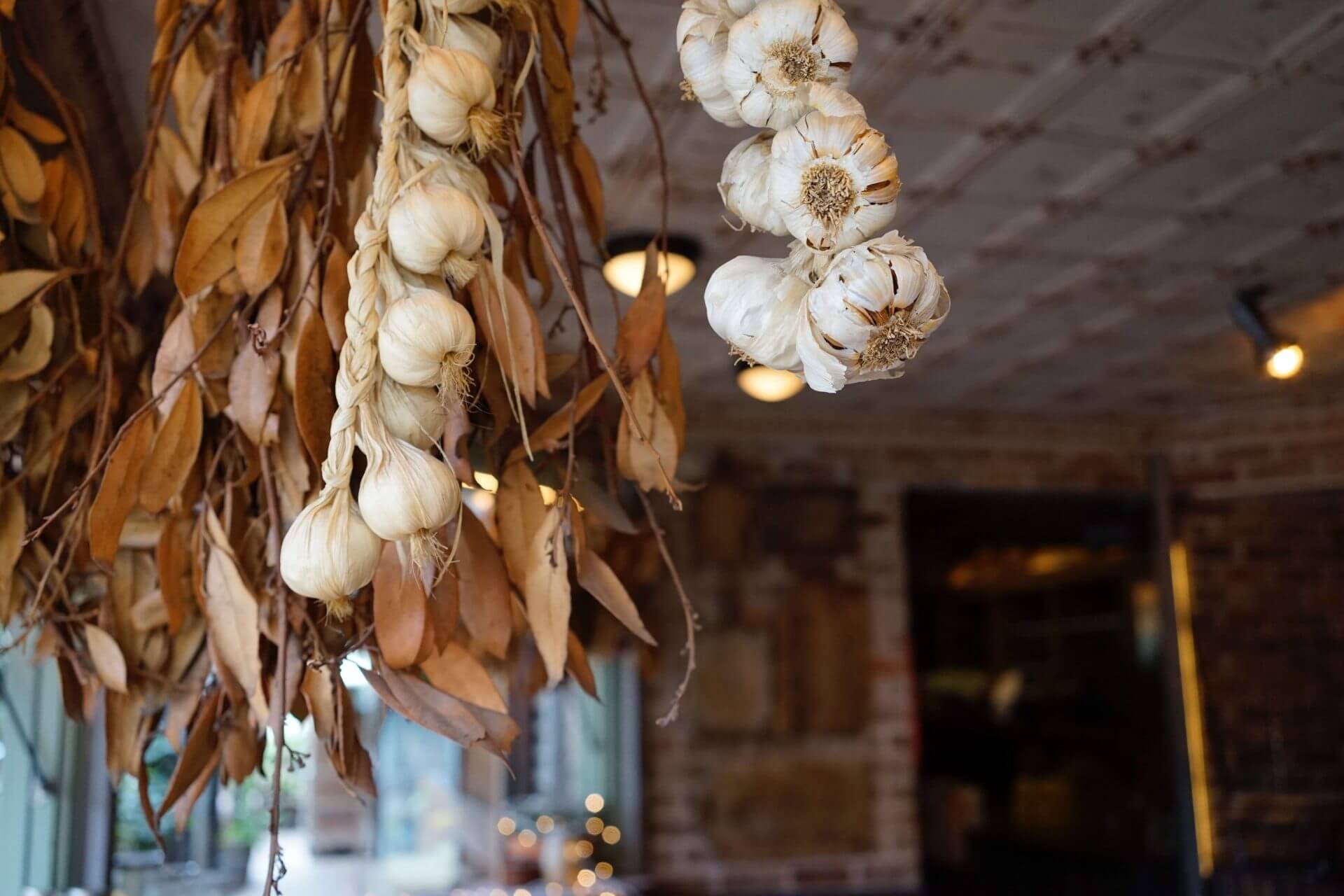The bonus of a successful harvest: too much food to eat!
Excess garden produce is usually referred to as bumper crops or “glut,” and often leave gardeners scrambling to give it away before it rots. Nobody wants to see their hard-earned efforts go to waste, but there’s only so much your friends and neighbours can take. One cannot live on zucchini alone!
Fortunately, there are ways of preserving bumper crops that will not only prevent good food going to waste, but also keep you eating your own produce all year round!
Having at least a general idea of what you would like to preserve is useful for garden planning. As you gain experience with preserving, you will likely develop preferences which will influence what you choose to grow. For example, if you love making your own tomato paste, chances are you’ll be growing Romas!
Since February is generally the kick-off to garden planning and seed starting, we thought it would be fun to go over some preservation techniques with our recommendations for what to grow if you want to try them out.
Hanging
You can hang Onions, Garlic, and Herbs by braiding the stalks or tying them in bunches. They can be left like this all winter so you can clip and use as needed! Be careful to watch for blemishes and cut away any “bad” ones before they rot and infect the rest of the bunch.
Dried herbs can be crushed and made into teas or used in cooking. Pro tip: place your bundle of herbs upside down in brown paper bags while drying to prevent mess and catch any seeds/leaves that may fall off in the process!
Cabbage can also be placed in breathable material such as netting or burlap and hung in the kitchen along with onions and herbs. Just make sure the cabbages are dry before bagging and do not prevent airflow by over-packing. Three is a nice number.
Drying
Drying can be accomplished in the sun or by a food dehydrator for faster results. Tomatoes are delicious when dried and will stay good in airtight containers for long stretches of time. While you will probably still miss the unmatched flavour of your own homegrown vine-ripened fresh tomatoes, these will surely be a close second.
Beans are some of the easiest (and healthiest!) dried good out there! Simply leave the beans in their pods until the growing season is over and then store the vines (pods and all!) upside down in a dry location until the pods are thoroughly dry and brittle. Then just shell the beans and store!
Canning
This is easily the best way to get creative with preserving. Aside from the classics like Jam, Marmalade, and Pie Fillings, you can make Chutney, Salsa, Tomato Sauce and Paste. And don’t forget ferments like Sauerkraut and Kimchi! The recipes are endless and this is an easy way to incorporate all the little weird and wonderful things your garden grows.
While canning is simple enough, it is very important to get it right. Failure to properly sterilize your equipment can result in anything from rotten food to life-threatening illness. If this is your first time canning, seek direction from a reputable source.
Pickling
Pickling is similar to canning but the product is quite different. Pickling is a delicious method of preserving in brine. You definitely know about pickled cucumbers (aka “pickles!”) but did you know you can also pickle Asparagus, String Beans, Beets, Garlic, and Hot Peppers?!
Freezing
Do you hate how expensive Red Peppers are during the winter? Preserve yours this summer by slicing and freezing, or blanch them first to retain more crunch! You can actually freeze quite a lot from the garden, especially if you cut and/or blanch first. Try Beans, Broccoli, Brussels Sprouts, Carrot, Corn Kernels, Edamame, Bell Peppers, and Peas.
Take your environmental stewardship one step further by using reusable airtight containers instead of ziplock bags!
Cold Storage
Gone are the days of root cellars in every home but you can still use this age old technique if you have a cold dark place to overwinter your produce. Root vegetables are good choices for cold storage (it is called a “root” cellar after all!) but as a general rule, anything that is harvested late in the growing season can be placed into cold storage for the winter. Think Apples, Beets, Carrot, Cauliflower, Celeriac, Endive, Kohlrabi, Garlic, Leek, Onion, Parsnip, Pears, Potatoes, Winter Squash, and Turnips.
Airflow is essential for successful cold storage. Use breathable materials such as corrugated cardboard, burlap, and slatted wooden trays or boxes. Pack in single layers or separate layers with straw or newspapers. Check stores regularly for rot. Remove rotten items immediately or risk losing the whole lot.
Do you preserve your bumper crops? Tag us in your garden photos (@oscseeds) on Facebook and Instagram!
Stay up-to-date on all our news by following us on Facebook and Instagram!









